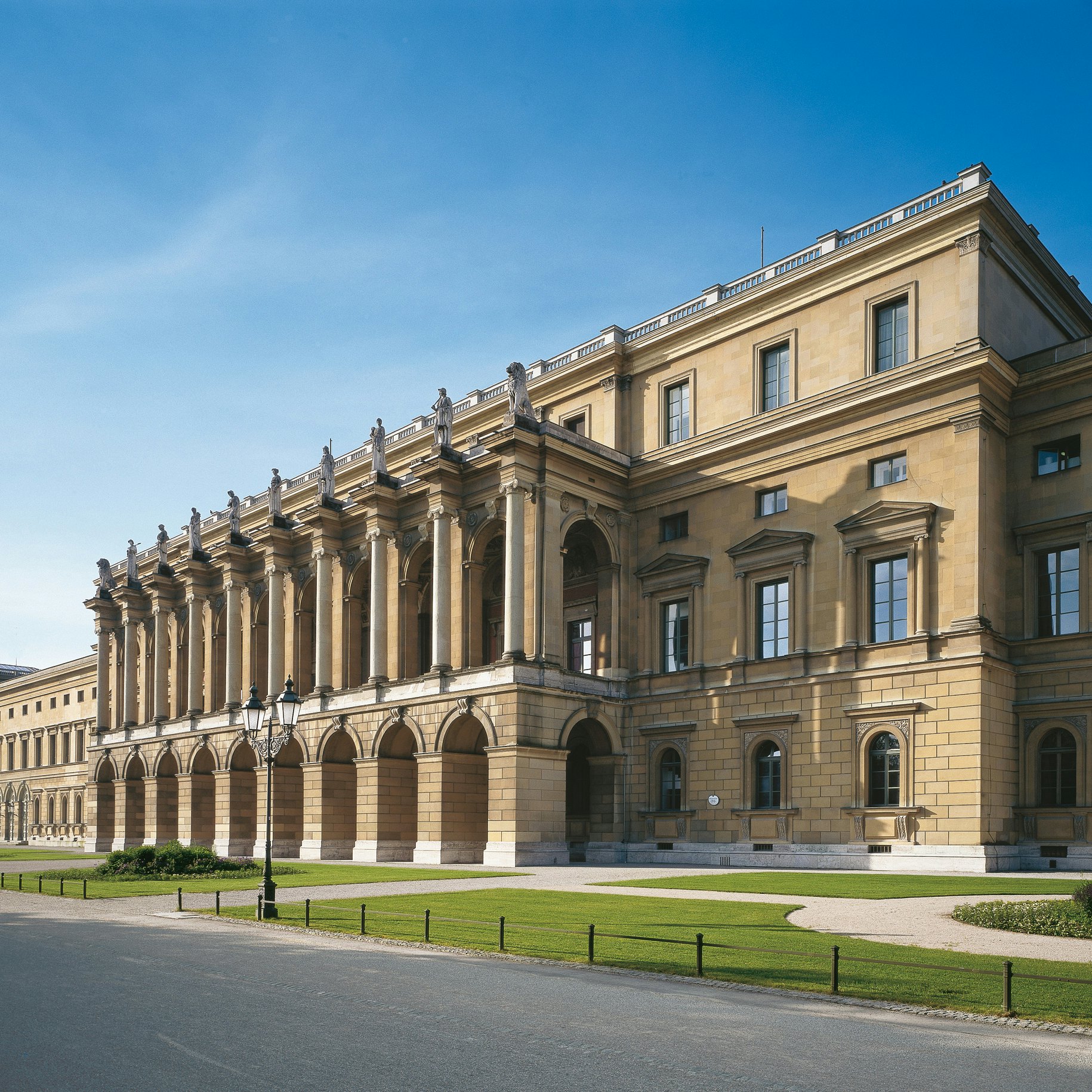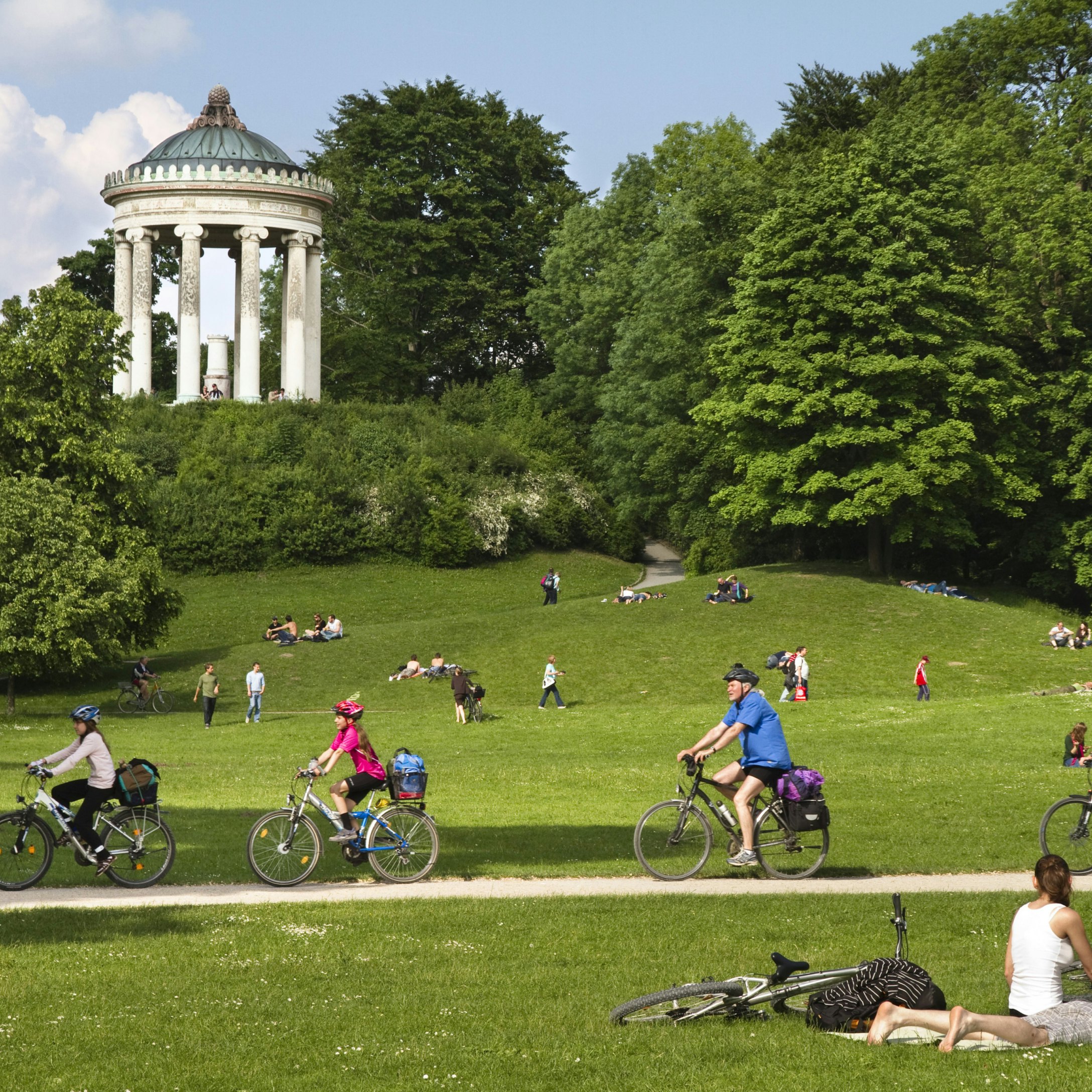
Overview
Hilltop castles and green energy, beer halls and luxury cars, Alps and edgy art – southern Germany blends thigh-slapping tradition with clear-headed modernity like nowhere else on earth.
Leave the planning to a local expert
Experience the real Munich, Bavaria & the Black Forest. Let a local expert handle the planning for you.

























